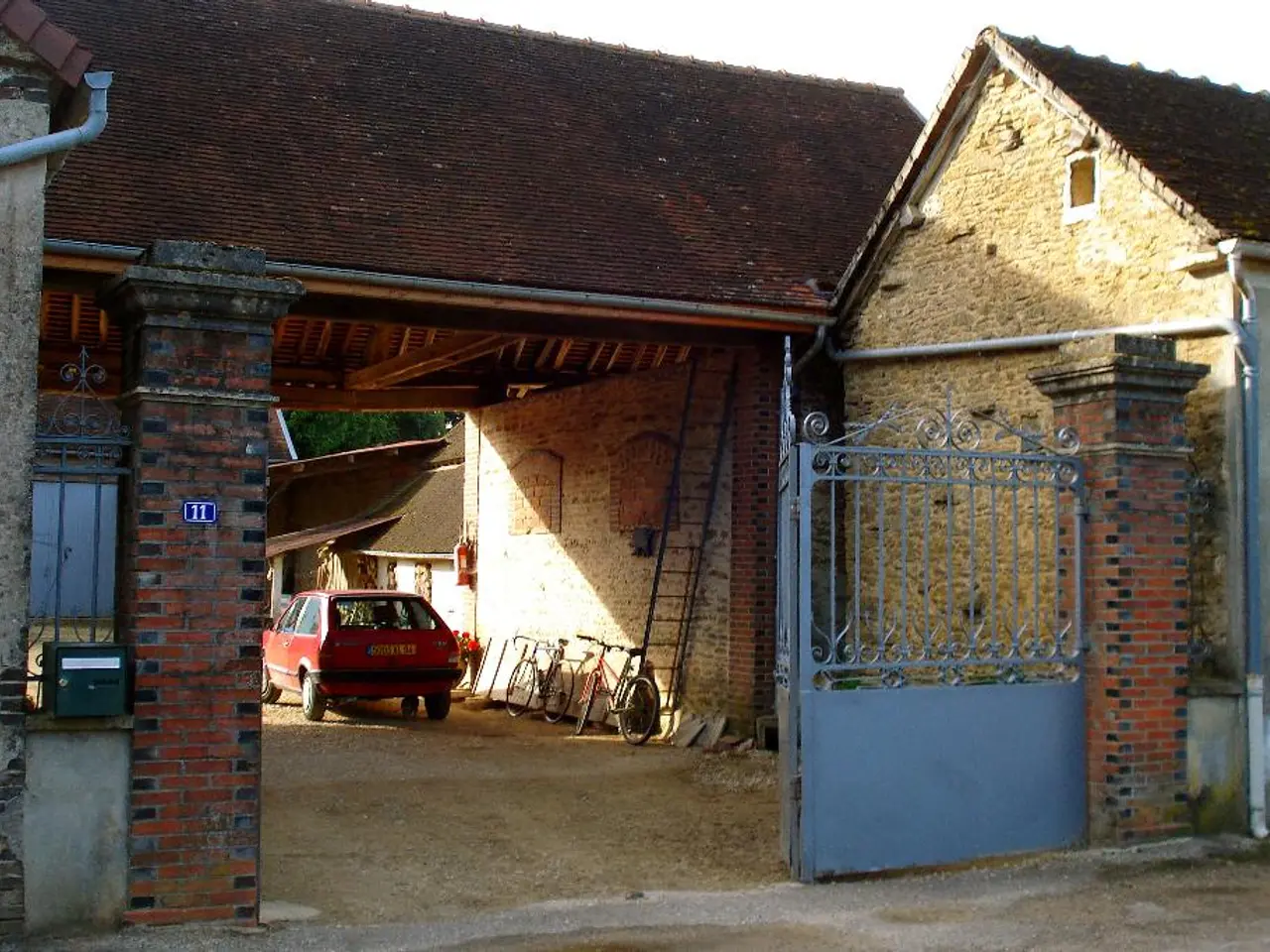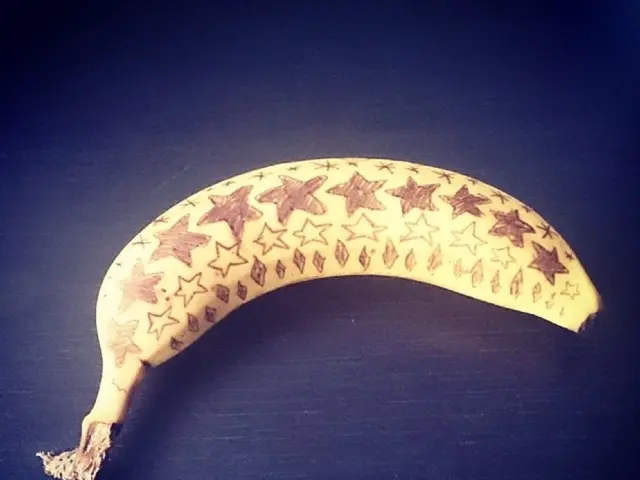Wind Industry Unites for Rotor Blade Recycling, Targeting 90% Circular Economy
Major wind power manufacturers and operators have joined forces to develop recycling initiatives for rotor blades. This collaborative effort aims to tackle the challenge of disposing of these large structures, which contain various materials like glass, carbon fibers, and metals.
Ørsted has taken the lead with a rotor blade recycling project, partnering with Plaswire to target the construction industry. Plaswire processes the blades into pellets, granulate, or its proprietary raw material 'RX Polymer', which can be used in construction.
In Northern Ireland, GE Renewable Energy, Carbon Re, and EireComposites are working together on a pilot project for rotor blade recycling. Meanwhile, Nordex plans to offer fully recyclable turbines by 2032, and Vattenfall aims for 100 percent recycling by 2030.
Alternatives for rotor blade disposal include repurposing. For instance, Vattenfall uses rotor blade composite fibers to make high-performance skis through pyrolysis in a Dutch-Norwegian pilot project. Rotor blades can also be repurposed for industry, public spaces, or sports, such as on European ski slopes or playgrounds.
The wind power industry is committed to a circular economy, with recycling quotas of up to 90 percent targeted. Despite challenges in reusing rotor blades, collaborative initiatives and innovative solutions are paving the way for a sustainable future in wind power.
Read also:
- THW Marks 75 Years of Saving Lives at Home and Abroad
- Federal petition from CEI seeking federal intervention against state climate disclosure laws, alleging these laws negatively impact interstate commerce and surpass constitutional boundaries.
- Hydrogen Energy: Sustainable Innovation or Resource Exploitation?
- Dim outlook for a major energy corporation







